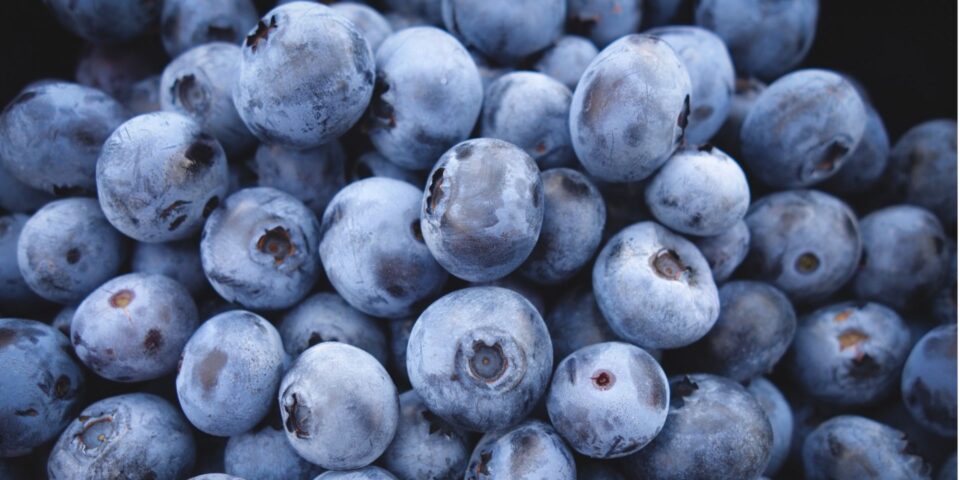There was a time when blueberries were a sensation for Ukrainian berry growers. Today, interest in blueberries has noticeably decreased, and there are several reasons for this, Taras Bashtannyk, President of the Ukrainian Horticultural Association (UHA), told SEEDS.
The area of blueberry plantations will no longer grow as rapidly as it used to, the expert forecasts.
“Blueberries are no longer as popular as they once were. I wouldn’t start a new plantation. Because of the war, the growth rate in the area of plantations slowed down twice. The war, the following post-war crisis (no one has yet avoided it), as well as the vision that blueberries are not as profitable as someone promised, will slow down the development.
My forecast is cautious. There will be development, but no more than 10-20% growth in the area annually. I don’t think that will be a rush in the blueberry business, as it once was. Unless something global happens in Europe and the area of blueberry plantations is reduced there. Then the price will rise and it will have to be compensated for,” the expert says.
 In Ukraine, the blueberry craze has ended, and the war has slowed it down even more, Taras Bashtannyk is convinced. However, in Europe, Ukrainian blueberries will gain momentum soon.
In Ukraine, the blueberry craze has ended, and the war has slowed it down even more, Taras Bashtannyk is convinced. However, in Europe, Ukrainian blueberries will gain momentum soon.
“Ukraine will significantly increase the production of blueberries annually, by about 2 000-2 500 tonnes. Exports will also grow, and, above all, to European countries. Only last season, Ukraine consumed about 11 000 tonnes of blueberries in the conditions of war and relocation.
However, our domestic market is limited in this regard – somewhere around 15 000 tonnes. Everything over this mark will have to be exported, otherwise, we will have nothing to do with these berries. Last year, this volume of blueberries was grown in Ukraine – 15 000 tonnes and around 4 000 tonnes were exported,” says Taras Bashtannyk.
In the future, Ukraine will increase the exports of blueberries every year, but 4 000 tonnes per year is not a big achievement compared to the grandiose figures of other countries that also grow and export blueberries, the specialist says.
“In 10 years, Peruvians have increased the area of blueberry plantations from 800 ha to tens of thousands. Now Peru exports 200 000 tonnes of blueberries annually, although the logistics are very complicated. This is not what we have in Ukraine – the truck was loaded and driven. In Peru it’s different: cooling, loading into containers, and then blueberries are delivered by sea for 30-40 days.
The climate also plays an important role here. For a Ukrainian blueberry producer, varieties that can grow in our country and produce, say, 8 tonnes of berries per hectare on average are great. According to official statistics, Peruvian growers harvest 14 tonnes per hectare, or even 20. These are the climatic and varietal features in Peru,” Taras Bashtannyk said.
Given this, it is difficult to talk about any advantages that Ukrainian farmers have, the expert states.
“There are almost no benefits. However, there is only one thing which can also be called our disadvantage – a lower price. It is lower because our labor is cheaper. This is an advantage over competitors, but not for us.
As for the cons or weaknesses. This is also more difficult logistics, compared to Poland, because there is a border where you need to stand for a long time, and berries have to be transported quickly enough. This is also a smaller total amount of experience in storing, sorting, packaging, and exporting than they have in Poland, Chile, or Peru.
Just compare. We cannot properly set up systematic exports to Germany here, and they bring hundreds of tonnes of blueberries from overseas every year. Ukraine does not have significant advantages for the European market, except for “playing” with the price. But this is not good both for the market and for us,” Taras Bashtannyk warns.
The use of the site materials is free if there is a direct and open for search engines hyperlink to a specific publication of the East-Fruit.com website.




